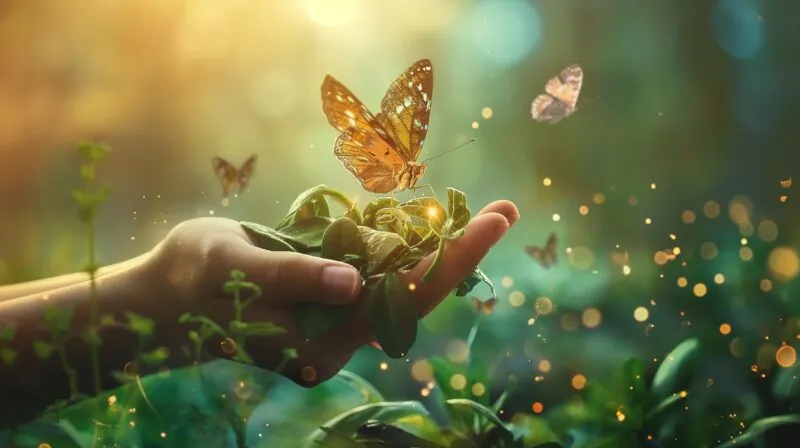Symbols have been around for a long time, thousands of years. They represent big ideas and meanings. Symbols for growth are especially important across different cultures and periods.
You can find these symbols in art, nature, and even normal stuff we use every day. Each one has a special message about change and becoming better. These symbols can give you ideas and motivation, especially if you’re going through changes in your life or work.
So why we just don’t look closer at some of the most powerful symbols for growth and transformation? I am so excited every time I research where they come from and what they mean.
By knowing about these symbols for growth, you can appreciate the process of growing and changing in your own life more.
9. The Tree of Life
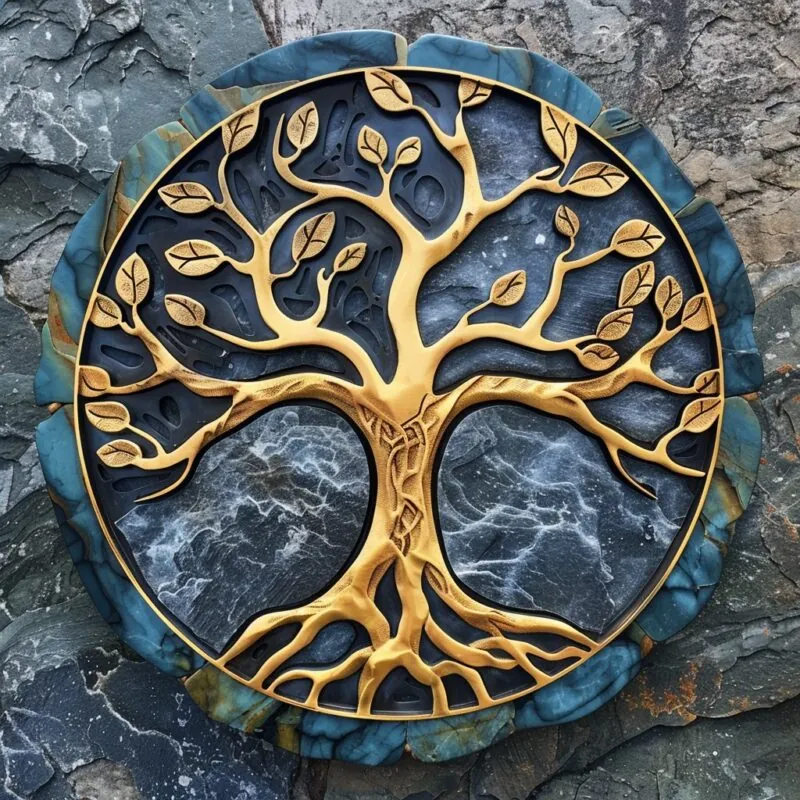
The Tree of Life is one of the most recognized symbols for growth and transformation. It is an ancient symbol found in various cultures, including the Celts, Norse mythology, and ancient Egypt.
It represents the interconnectedness of all life and the continuous cycle of:
- Birth
- Growth
- Death
- Rebirth
The roots of the tree reach deep into the earth, symbolizing stability and grounding, while the branches extend towards the sky, representing aspiration and progress.
The Tree of Life reminds us that growth is a natural part of life, and it encourages us to remain grounded while reaching our goals.
| Mythology/Culture | Description |
|---|---|
| Norse mythology | In Norse mythology, the Tree of Life is known as Yggdrasill, an enormous ash tree that connects the nine worlds. Yggdrasill is central to both life and death, acting as a gallows from which the god Odin hangs himself to gain mystical knowledge. |
| Celtic culture | The Celtic tree of life holds a special place in Celtic culture. Celtic tribes would preserve a tree in the center of their settlements as a sacred site. |
| Chinese Daoist mythology | In Chinese Daoist mythology, the pantao, a peach that ripens once every 3,000 years, is considered the food of the immortals. |
| Bible | The idea of the tree of life also appears in the Bible. In the Book of Genesis, both the Tree of life and the tree of knowledge grow in the Garden of Eden. |
| Artistic inspiration | The Tree of Life continues to inspire artists and storytellers. One of the most famous artistic depictions is Gustav Klimt’s mural “The Tree of Life, Stoclet Frieze” (1905), which symbolizes the unity between heaven, earth, and the underworld. |
| Science view | The tree’s symbolism extends to science, where the tree of life metaphorically represents the connection between all living organisms. |
8. Butterflies and Moths
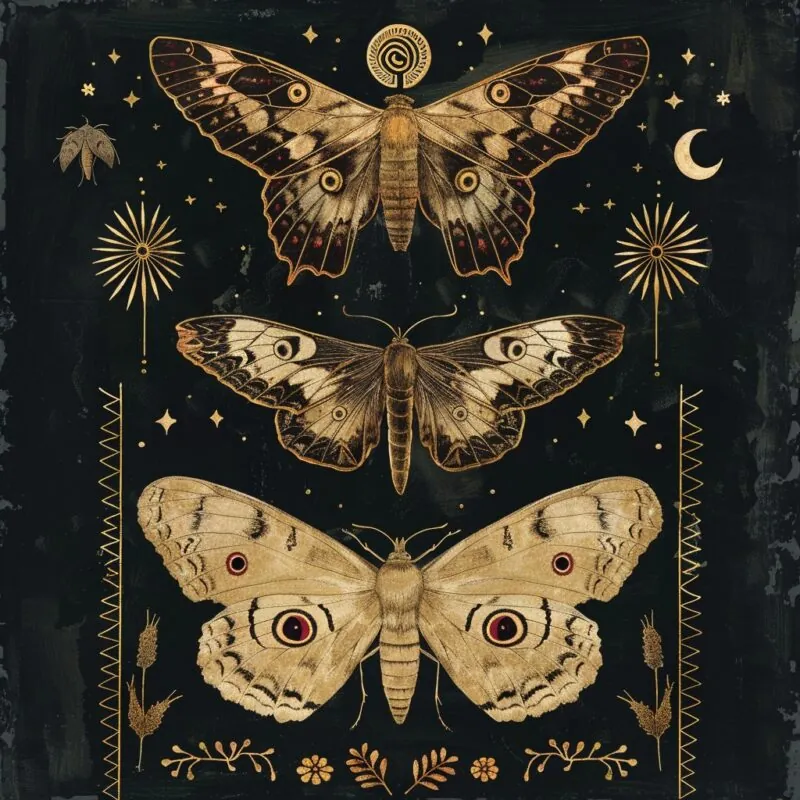
Butterflies and moths are universal symbols of transformation. These creatures undergo a complete metamorphosis, starting as caterpillars, entering a cocoon, and emerging as beautiful winged insects.
The transformation process symbolizes profound change and growth, highlighting the potential for renewal and new beginnings.
Butterflies, in particular, are often associated with positive change, joy, and the beauty that can emerge from challenging situations.
Moths, though often less celebrated, also represent transformation and the ability to find light in the darkness.
- In many cultures, the butterfly is seen as a symbol of the human soul, representing the release and transformation of the spirit.
- The ancient Greeks associated butterflies with the psyche, using the same word “psyche” to mean both “butterfly” and “soul.”
- Butterfly tattoos are incredibly popular, with people getting them to symbolize overcoming adversity, personal growth, and the beauty that can emerge from struggle.
- Moth species like the Luna Moth are known for their short lifespans as adults, only living 1-2 weeks. This fleeting existence represents the preciousness and fragility of life’s transformations.
- Caterpillars have an astounding 2,000+ muscles in their bodies, far more than the adult butterfly or moth. This highlights the incredible internal changes undergone during metamorphosis.
- Some moths are able to detect the ultrasonic calls of bats and will perform evasive maneuvers to avoid being eaten. This adaptive ability is seen as a metaphor for personal growth and resilience.
- In Japan, the butterfly is seen as a symbol of happiness, romantic love, and longevity – representing the joyful transformation and endurance of strong relationships.
7. The Phoenix
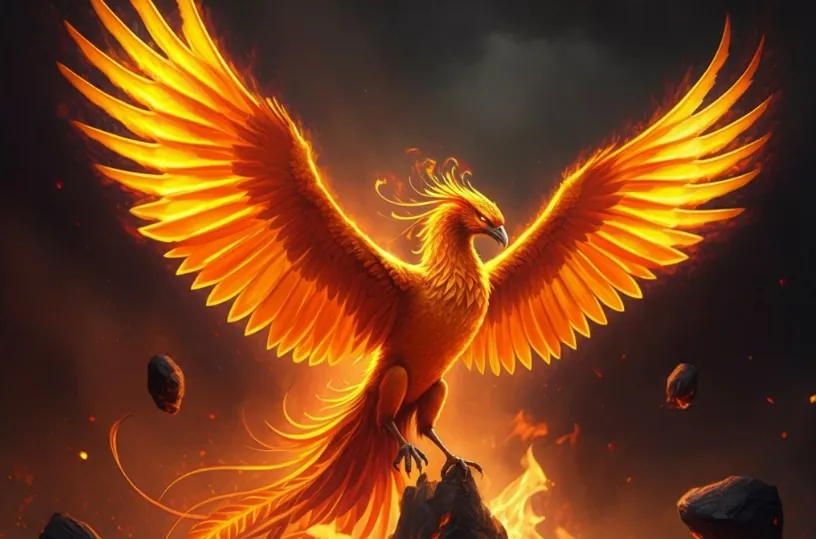
The phoenix is a legendary bird that symbolizes rebirth and renewal. According to mythology, the phoenix lives for several hundred years before it burns itself to ashes and is then reborn from those ashes.
Phoenix is a powerful symbol that represents the idea that destruction can lead to new beginnings and that individuals can rise from their challenges and setbacks.
The phoenix teaches us that growth often involves overcoming difficulties and that we have the strength to start anew, no matter how dire our circumstances may seem.
Across many cultures, this mythical bird is revered as a one of the major Symbols for growth, hope, optimism, and the indomitable human spirit.
The phoenix’s story teaches that growth is an ongoing process and that with the right mindset, we all can rise from the ashes, reborn, and ready to spread our wings.
6. The Lotus Flower
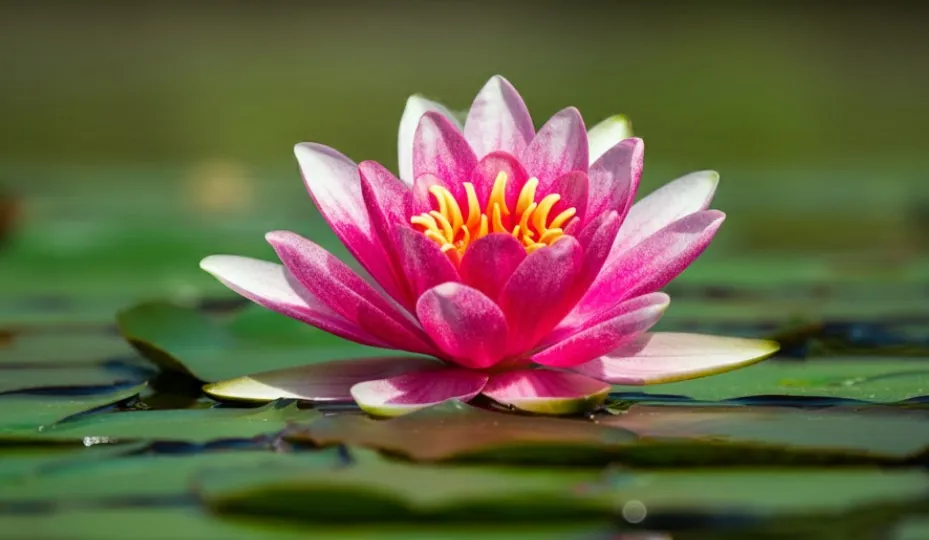
The lotus flower holds profound significance in various Eastern religions, particularly in Buddhism and Hinduism.
It is a remarkable symbol of resilience and spiritual growth, as it thrives in muddy water but emerges as a pristine, beautiful bloom above the surface. This characteristic imbues the lotus with rich layers of meaning.
The lotus is a metaphor for purity, enlightenment, and spiritual awakening, illustrating how one can rise above challenges to achieve inner peace and wisdom.
The lotus is also associated with love, symbolizing:
- Peace
- Purity
- Care and devotion
The colors of lotus flowers represent various romantic and emotional expressions, highlighting themes of deep emotional attachment and love.
5. The Ouroboros
“The Ouroboros is a dramatic symbol for the integration and assimilation of the opposite, i.e., of the shadow.” – Carl Jung.
The Ouroboros is a powerful ancient symbol that represents the cyclical nature of life, death, and rebirth. Depicted as a serpent or dragon consuming its own tail, the Ouroboros embodies the idea of an eternal, unending cycle.
Many cultures, including those of ancient Egypt and Greece, have used it as one of the symbols for growth to signify infinity and the continuous process of growth and transformation.
The Ouroboros reminds us that life is a constant state of change, where every ending also signifies a new beginning.
As a symbol of transformation, the Ouroboros emphasizes the importance of embracing change as a natural and essential part of existence. It teaches that death and destruction are not the end, but rather opportunities for renewal and regeneration. Just as the serpent cyclically sheds its skin, we too must be willing to let go of the old in order to make way for the new.
The Ouroboros encourages us to view life not as a linear path, but as an eternal spiral of growth and evolution. It symbolizes the interconnectedness of all things, demonstrating how endings and beginnings are merely different stages of the same continuous process.
4. The Spiral

“The spiral in a snail’s shell is the signature of nature’s order.” – Joseph Chilton Pearce.
The spiral serves as a universal symbol, found across nature, art, and various cultures, resonating with profound meanings.
It represents growth, progress, and the intricate journey of life, capturing the essence of continuous evolution and transformation.
- Presence in Nature: Spirals appear in diverse natural forms, including seashells, hurricanes, and galaxies, symbolizing the universe’s infinite expansion.
- The structure of DNA, the blueprint of life itself, reflects the spiral’s profound connection to creation and development.
- Cultural Significance: Many ancient cultures, such as the Celts and Native Americans, used spirals in their art and spiritual symbols to represent life’s cycles, spiritual awakening, and the interconnectedness of existence.
Unlike the simplicity of a straight line, the spiral conveys growth as a winding, non-linear journey. It reminds us that progress isn’t always straightforward but filled with curves, setbacks, and new perspectives that enrich our understanding.
- Symbolism of Growth: Spirals teach us to value the lessons and insights gathered along the journey, not just focus on the end goal.
- They encourage us to embrace the process of self-discovery and transformation.
- Life Lessons: The spiral inspires trust in the natural rhythms of our evolution.
- It urges us to approach life with curiosity and openness, seeing every twist and turn as an opportunity for deeper understanding and growth.
3. The Mandala
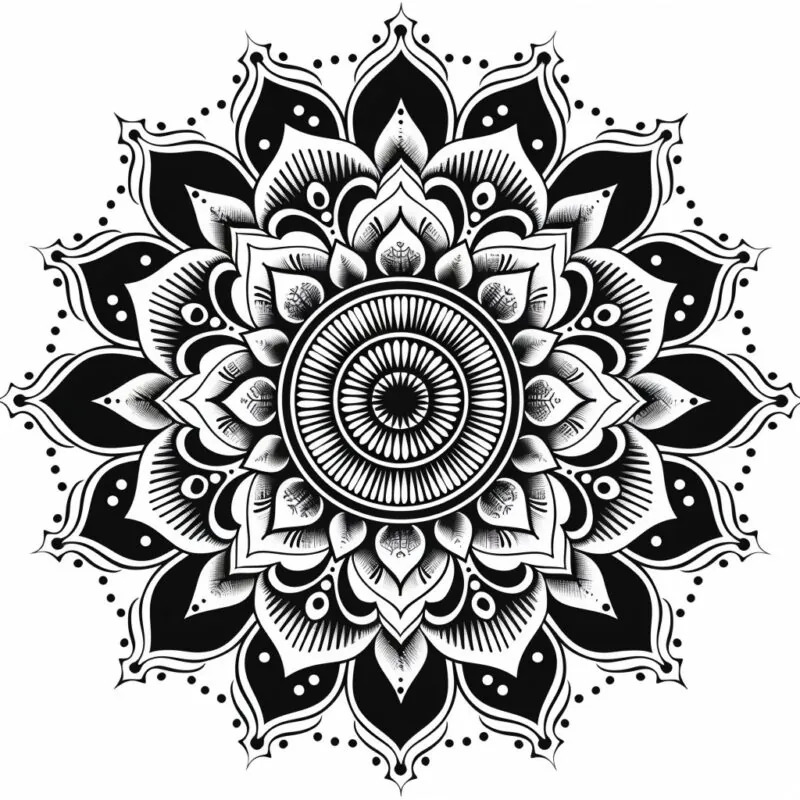
Mandalas are artistic expressions featuring intricate, symmetrical designs that hold deep symbolic significance in various spiritual traditions, including Buddhism and Hinduism.
People often use these geometric patterns as tools to represent complex concepts such as the universe and the self, making them a visual and meditative aid for spiritual growth.
- Symbolism of the Universe: The circular and symmetrical structure of mandalas reflects the interconnectedness and balance of the cosmos.
- Representation of the Self: Mandalas often symbolize the unity and complexity of an individual’s inner world.
- Spiritual Tools: Many spiritual practices incorporate mandalas to aid meditation, helping practitioners center their focus and deepen their spiritual awareness.
Engaging with mandalas, whether through creation or contemplation, serves as a meaningful practice symbolizing transformation and the journey toward balance and wholeness.
2. The Eagle
View this post on Instagram
The eagle symbolizes strength, freedom, and a higher perspective, actively embodying these qualities in its majestic presence. Many cultures regard the eagle as a messenger connecting humans to the divine, emphasizing spiritual growth and the ability to transcend everyday concerns.
The eagle soars high in the sky, showcasing the potential for personal growth and the pursuit of wisdom and insight. Watching its flight inspires us to elevate our vision and refine our way of thinking.
Like the eagle surveying the terrain from its lofty perch, this symbol urges us to approach challenges and problems with a broader perspective. It urges us to focus on the bigger picture rather than getting caught up in minor details, encouraging a broader understanding of our circumstances.
The eagle’s great strength, courage, and freedom are also symbolic of our own inner power and capacity for self-determination. This noble bird inspires us to stand tall, spread our wings, and rise above earthly constraints.
It urges us to reach for our highest potential and to confidently soar towards our dreams and goals.
Ultimately, the eagle is a powerful reminder that we all have the potential for greatness within us. By embodying the eagle’s spirit of wisdom, clarity, and transcendence, we can elevate our perspectives, overcome obstacles, and fulfill our greatest purpose in life.
1. The Chrysalis
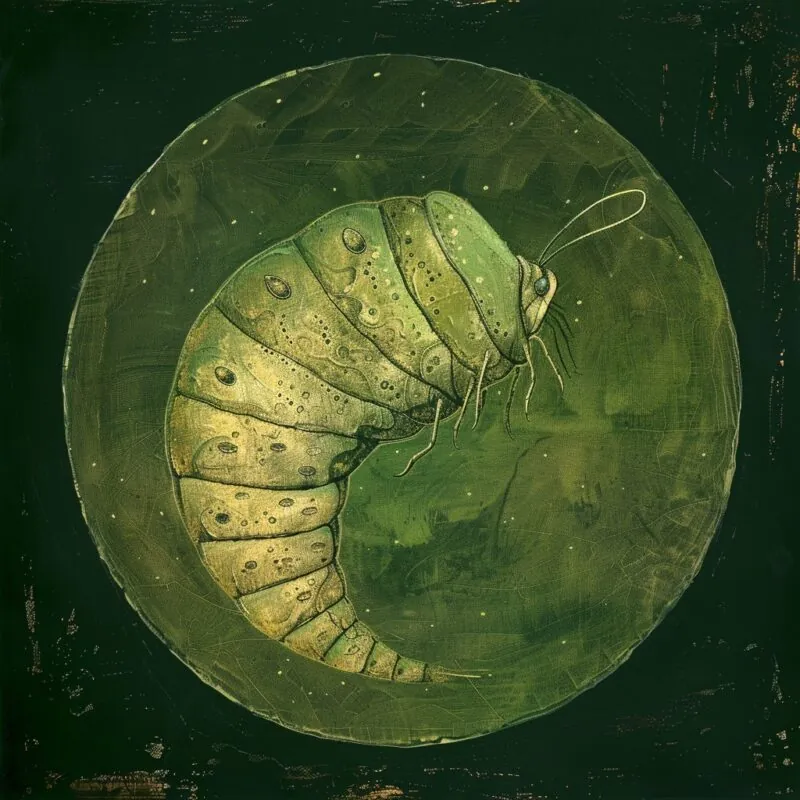
“Just when the caterpillar thought the world was over, it became a butterfly.” – Chuang Tzu.
The chrysalis, or cocoon, is a powerful and universally recognized symbol of growth and transformation.
It is a stage in a butterfly’s life cycle that represents a time of profound change and preparation, where the caterpillar undergoes a complete metamorphosis before emerging as a fully developed butterfly.
The chrysalis serves as one of key symbols for growth:
| Aspect | Description |
|---|---|
| Introspection | Growth begins with self-reflection and clarity. |
| Patience | Change requires time and patience. |
| Adaptation and Resilience | Strength is built during vulnerable phases. |
| Emergence and Renewal | Emergence reflects effort and renewal. |
Final Reflections
These symbols for growth like the Tree of Life, phoenix, and spiral are pretty deep, you know? They can really give you some insight into how life is all about growth and change.
When you start digging into what these symbols represent, you start to understand more about the cycles of renewal and personal transformation we all go through.
So yeah, these symbols pack a lot of power. Tapping into that can give you the strength and hope to really chase after your goals and dreams, even when things get tough. It’s all about looking at life through a new lens sometimes, you feel me?

